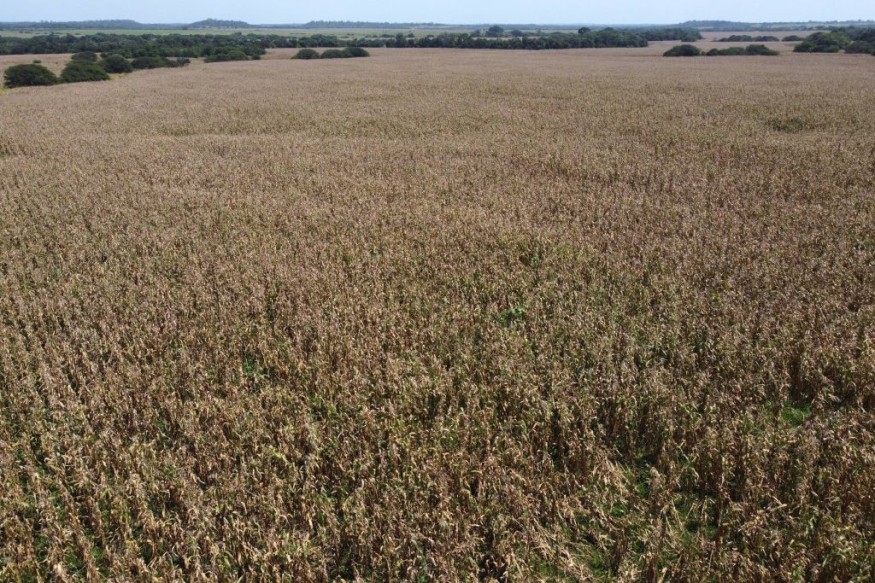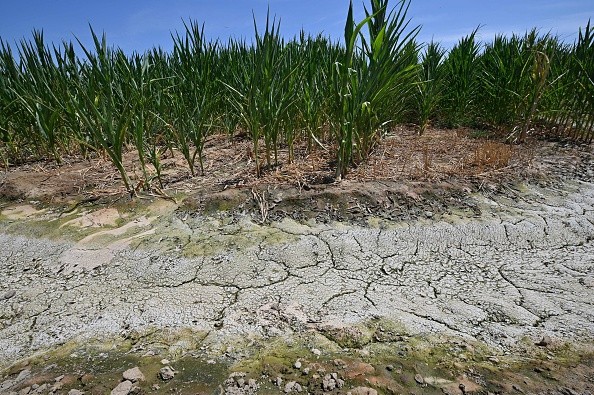Researchers must consider how the risks are likely to interact to determine how climate change may affect hazards like crop failures and wildfires.
Climate Research

The aphorism implies that problems never arrived in pairs.
A new NASA research demonstrated that the classic adage about climate problems became more accurate as the earth warms.
The study indicated that extreme weather events like floods and heat waves will become more common in time and space, increasing the likelihood of crop failures, wildfires, and other societal dangers.
More Extreme Weather

According to the study published in Environmental Research Letters, by the year 2100, increases in heat waves, drought, and heavy rainfall will treble the chance of climate-related maize harvest failures in at least three of the world's six major corn-growing regions in the same year.
The Midwest of the United States is the region most likely to have one of these repeated harvest failures.
Many prior studies have predicted changes in a single climate indicator, such as the number of days in a location when the temperature exceeds 100 degrees Fahrenheit (38 degrees Celsius).
However, the largest effects are frequently seen when extremes occur simultaneously or nearby.
For example, Western states are all too acquainted with the scenario in which extreme heat and dryness feed a wildfire, and then heavy rains produce a new hazard in the burned area: landslides.
The researchers utilized the Max Planck Institute Grand Ensemble, a well-known German climate model, to execute 100 separate simulations from 1991 to 2100 for their research.
Simulations from the past (1991 to 2020) revealed that the model accurately simulated extreme-event clusters, such as the change in extreme heat with excessive rainfall, in the same way, that they happened in the real world during that time period.
The researchers looked at models of the future up to 2100 to see what changes in climatic hazards would occur in the future, especially in disasters that might happen simultaneously or in close succession.
Impact on Corn
Raymond and his colleagues focused on how corn will be affected by greater clustering of temperature and precipitation threats.
This vital food crop is planted worldwide, but around two-thirds of it is produced in six key areas, or breadbaskets.
The United States is the world's leading maize producer, with 419 million tons (380.3 million metric tonnes) harvested in 2021.
According to their best estimates, the likelihood of a cluster of events causing maize crops to fail in at least three of the world's breadbaskets in the same year will nearly quadruple by the year 2100, from 29% to 57%.
While still minor, the likelihood of crop failure in the five main breadbasket regions in a single year will rise from 0.6% to 5.4%.
The Midwest of the United States, followed by Central Europe, is most likely to be included in years with three breadbasket failures.
Other Implications

The study also examined how wildfire hazards and human health might rise as extremes become more closely linked.
"Things are interrelated so that we haven't truly realized up to this point," Raymond said of the findings.
"It's not simply the heat. It isn't only the heat and the dryness. Those relationships are the best explanations for the terrible consequences we worry about the most while seeking to avoid big disasters."
Related ARticle : Over 80,000 Plant Species at Risk of Extinction Because "Humans Don't Find Them Useful"
For similar news, don't forget to follow Nature World News!
© 2025 NatureWorldNews.com All rights reserved. Do not reproduce without permission.





